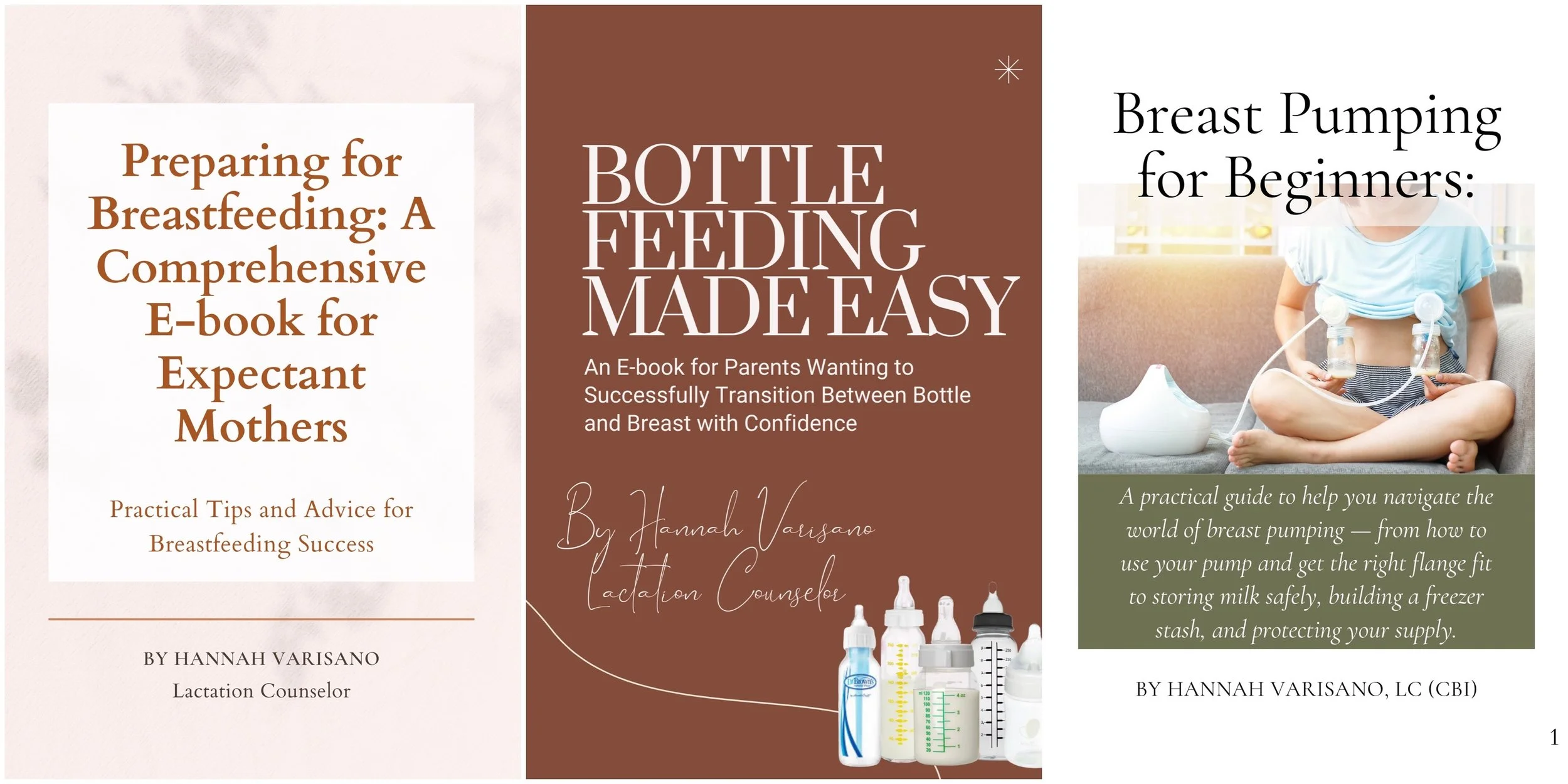Willow Go Wearable Pump Review
I recently tried the Willow Go wearable pump and, like most things in motherhood, it didn’t go quite how I expected.
If you're considering this pump, here's my honest experience: the good, the frustrating, and who I think it's actually for.
This post may contain affiliate links, which means I may earn a small commission at no additional cost to you.
A Quick PSA: Wearables Shouldn’t Be Your Primary Pump
I don’t recommend using any wearable pump as your primary or only pump—especially in the early days of establishing supply.
Here’s why:
Wearables often aren’t as strong or efficient as traditional pumps.
They often require double the amount of time to make you feel “empty”
They’re amazing for convenience, but that can come at the cost of milk removal over time.
If you’re trying to maintain or build supply, your main pump should be something a little more powerful.
Think of wearables like this: They’re supplements, not replacements. Great for errands, work, or chasing toddlers—but not the tool you want to rely on 100%.
Shop the Willow Go on Amazon
Quick Take: Pros & Cons
Pros
Comfortable for a wearable
Decent output once setup was right
Hands-free and mobile
Slimmer profile than some other wearables
Cons
Steep learning curve
App connectivity issues
Requires precise assembly - not very beginner friendly
Not reliable enough to be your only pump
Lots of parts to wash
Pricey (retail ~$350) for something this inconsistent
My Experience with the Willow Go
Let me start by saying I usually respond well to wearables. I’ve had solid output with other models, so I came into this with high hopes.
But the first two times I used the Willow Go? Nothing. Not a drop.
I had filmed myself wearing it while making my kids breakfast and sipping my coffee, thinking, “This is going to be so convenient!” But when I checked at the end of the session? Bone dry.
And that’s when the reality of wearable pumps hit…again. Even when they're good, they're not always reliable. Especially if you're relying on them during a time-sensitive or critical pumping session.
So, What Went Wrong?
It turns out the Willow Go requires very precise setup.
If the parts aren’t aligned just right, the suction doesn’t work correctly, and you’re left sitting there, thinking you’re pumping… when you’re actually not.
The pump also has more parts than I expected. Not overwhelming, but enough that rushing the setup could easily lead to problems.
Once I got everything in place on my third attempt, I finally got 3.5 ounces in 12 minutes. That’s a pretty solid output for me, and it showed me that when it works, the Willow Go can perform well.
Comfort & Fit
I’d say it’s more comfortable than some wearables I’ve tried, but for me, no wearable pump is that comfortable. They're just bulkier and pinchier than traditional flange + bottle setups. That said, I didn’t have any pain or major discomfort while using the Willow Go.
App & Tech Glitches
One side of the pump kept disconnecting from the app, and I couldn’t figure out how to get it reconnected. That might seem minor, but it added to the overall clunkiness of the experience.
When you're paying over $300 for a wearable pump, you expect it to just work.
Final Thoughts: Should You Buy the Willow Go?
The Willow Go could be a good secondary pump - something to keep in your diaper bag, use during long car rides, or pull out when you really need to multitask.
But I wouldn’t trust it as your only pump (or any wearable, for that matter).
There’s too much trial and error involved, and the output isn’t consistent enough (especially when setup isn’t perfect).
If you do go for it, give yourself time to test it out before relying on it in a pinch. And always, always have a traditional option as backup.
Want to See It In Action? Watch my video review of the Willow Go below!
Looking for more feeding help?
If you’re figuring out how to make breastfeeding and/or pumping actually work for your life, my e-books can help. They’re packed with real-world strategies, troubleshooting tips, and time-saving hacks I’ve seen make a real difference for breastfeeding moms.


